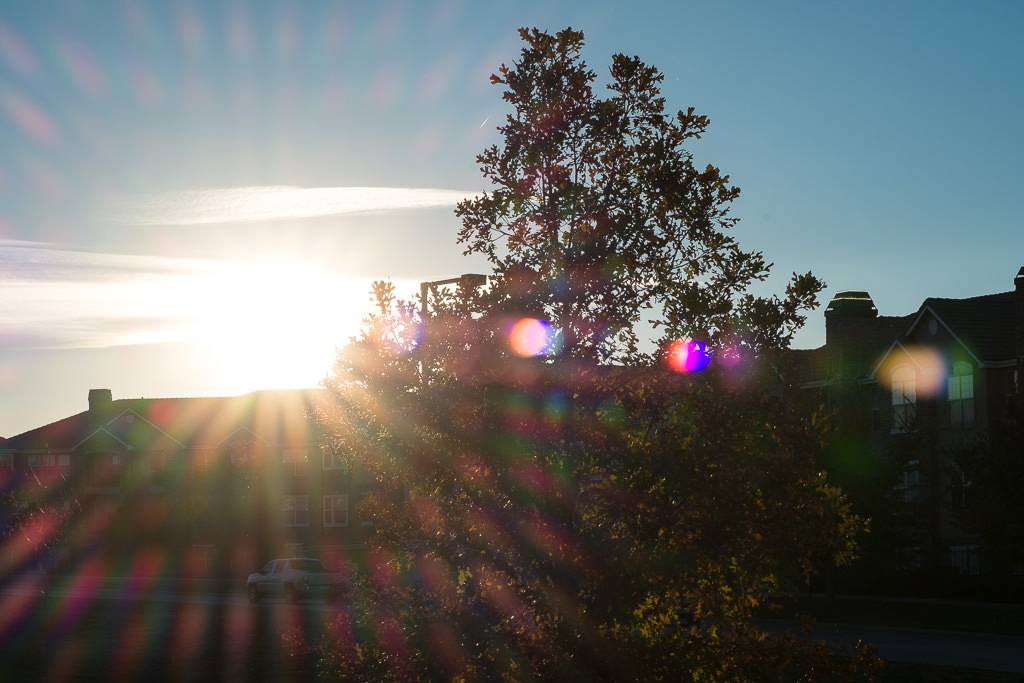TechTalk
Well-known member
Just to add some additional information to what you said regarding Rodenstock's "Digital Center Filters", they were shown at Photokina in 2010. An announcement article discusses the "Reflection reduced Digital Center Filters" in some detail. If you click the PDF icon on Linhof Studio's webpage for the 86mm Digital Center Filter, you can download a detailed construction diagram.No, the Rodenstock CFs are much better, they play in a different league.
With the Schneiders, the darkening is sprayed onto the glass.
Yes it is a "proper nightmare for interior, dusk and night photography".
The Rodenstocks are much more elaborately manufactured.
They consist of two glasses. The lenses are ground, curved on one side, one dark, the other clear and then joined together.
Unfortunately, these filters do not fit the SK lenses.
Although they can be mechanically adapted with step-up rings,
the compensating effect is not sufficient. However, I have not tested all combinations.
I had the 24XL, the 28 Super XL and the 35XL.
I struggled and fretted with work arounds for far too long before replacing all the wide angles with Rodenstocks.
From 72 mm upwards, however, I am a Schneider fan.
B&H's description: Opposed to traditional application of an evaporated dark layer of density, this filter employs a secondary gray glass in order to produce the filter's density... A secondary gray glass is employed, versus a traditional vapor-deposited dark coating, in order to maintain image clarity, contrast, and color neutrality by reducing the likelihood of surface reflections and ghosting.... A dual cemented lens construction, incorporating one neutral gray planoconvex lens and one transparent planoconcave lens, helps to maintain the same refractive index, along with the same dispersion characteristics, as a normal, homogenous, planoparallel glass plate. However, since the neutral gray (density) lens features a convex shape, it is able to provide concentrically graduated density from the center of the filter, lessening towards the edges.
What's interesting is that Rodenstock was using this type of center filter construction over 100 years ago. Take a look at the description in this 1912 Rodenstock catalog of their Enixantos Compensator for the Pantogonal extreme wide-angle lens [page 21].
"For time exposures, when the full angle is used, it is advisable to use the Enixantos Compensator which is furnished with the lens. This consists of a plano-convex lens of yellowish green glass which absorbs very strongly blue and violet light, and a plano-concave lens of a colorless, very transparent material. The optical constants of both these lenses is exactly equal so that the cemented lenses act as a plane parallel plate which is dark in the center and transparent at the sides. The effect of this is that the marginal rays which pass through the lens at great angle undergo only a slight absorption, and therefore any marked decrease of light toward the edges of the plate is prevented. Thus the necessity of bunglesome and complicated appliances usually found on extreme angle lenses is obviated. With orthochromatic plates the Compensator has the added advantage of giving excellent color values."







